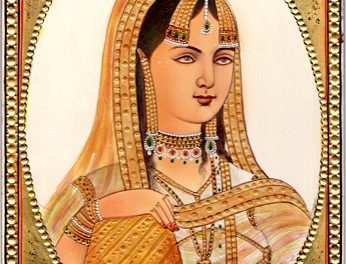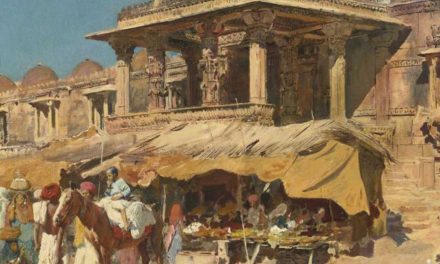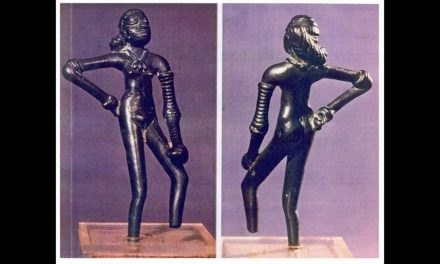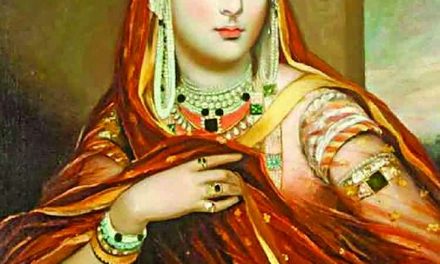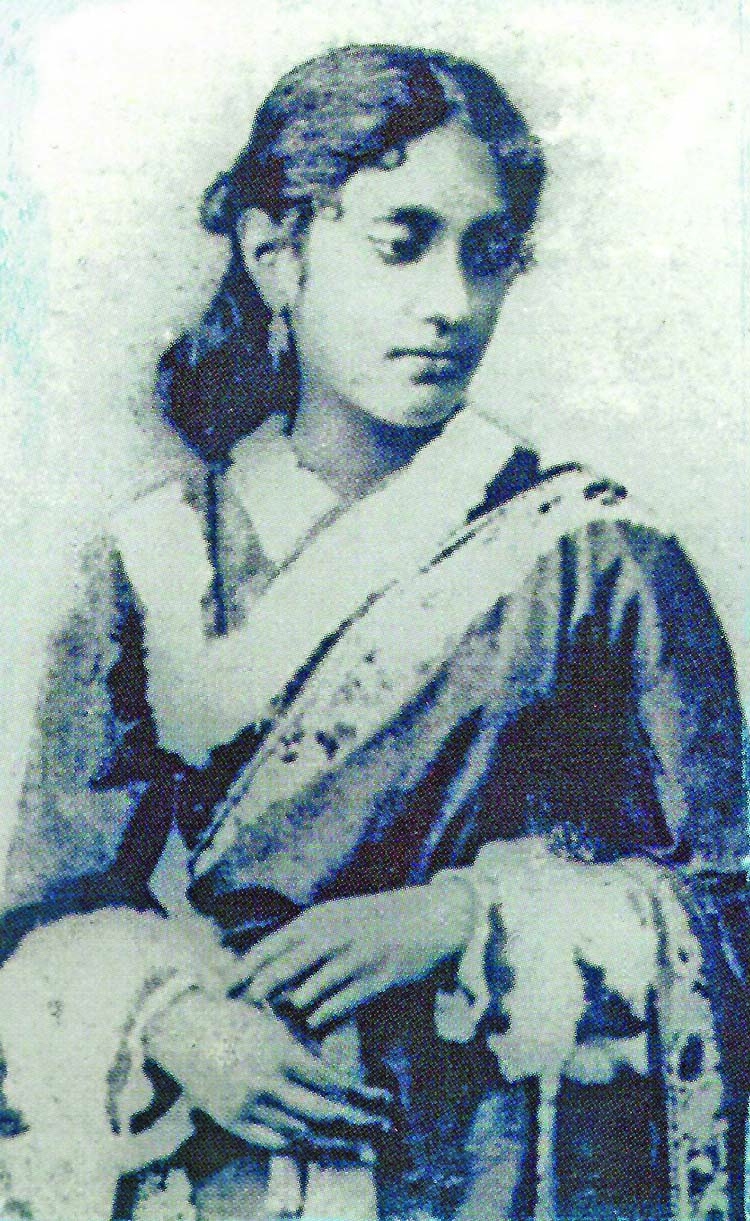
Looking into the childhood and early life of Rabindranath Tagore, we come across a central character that plays a crucial role both in the recalled joy of his adolescence and youth and the consolidation of his identity as a poet and writer. This person, who rose the become the literary companion of the eminent poet was none other than his sister-in-law, Kadambari Devi.
At the tender age of ten, Kadambari Devi was married into one of the most prominent Bengali families of nineteenth-century Kolkata- the Tagores. She had entered the Tagore family as the wife of Jyotindronath Tagore, Rabindranath’s elder brother, who was much older than young Kadambari.
She was of humble birth, her father being an employee of the Tagore residence. It is believed that Maharshi Debendranath, a great humanitarian and philosopher, chose her as his son’s wife, without considering the class difference. Some say, since the Tagores changed religions and entered the Brahma community they had a tough time finding a suitable candidate to become their daughter-in-law.
From Rabindranath’s autobiographical masterpiece, Chhelebelai, we get a depiction of the first glimpse of 10-year-old Kadambari as the new bride with slender gold bangles on her delicate brown hands. Rabindranath did not dare to go near her and maintained a safe distance feeling like an insignificant child while she received all the affection as the “notun bouthan”, (new sister-in-law).
Being barely two years older than Rabindranath, Kadambari was assigned to look after her young brother-in-law and the duo soon became playmates. She was an excellent cook and homemaker who would cook up delicious dishes for her young companion and cared for him dearly. The memoirs of Tagore are full of stories about the duo’s mock battles, quarrels, accompanied by patch-ups. After his mother’s demise, she began to take greater care of the sad and mourning motherless child.
The Tagore family was full of intellectuals and among everyone, Rabindranath was like the black sheep who did not enjoy studying and had already changed several schools. The two young minds also bonded in that aspect as Kadambari Devi was not literate herself. Probably this bonding grew stronger because one could not match educational standards of the household while the other failed to live up to the status of the family.
Since her husband’s family believed in educating their daughters, Jyotindranath made adequate arrangements for his wife’s education at home. He also taught her horse-riding and the couple would ride out to the maidan every evening. She slowly started adopting the characteristics of the daughter-in-law of the aristocratic family and would leave people awestruck by her grace whenever she went out to the maidan.
As the years passed by, Kadambari carved herself into a fine young lady with a bumpy path ahead of her. Even after several years of wedlock, she remained childless, the thought of which always haunted her. She shied away from female relatives to escape their ideas of internalized misogyny.
Amongst all this negativity, she felt the happiest around her creative brother-in-law who helped enhance her imaginative mind and made her feel strong and optimistic. Rabindranath would read out his poetry to Kadambari when Jyotindranath would be occupied in the office, managing and administering family properties. In the sultry summer afternoons, he would read Bankim Chandra’s novels for her while he enjoyed the benefits of her hand fan. She would often tease him about his work but always encouraged him regardless.
His memories with Kadambari live through the time he spent writing them with her sitting by his side. Kadambari’s evenings were spent in her carefully decorated terrace, amongst aromatic flowers and potted palms, with her husband and brother-in-law. The young spouse would enjoy the mellow tunes of Jyotinranath’s violin accompanied by Rabi’s treble voice. Close family and friends would also join them occasionally to enjoy these sessions of pure bliss.
Besides being the emerging poet’s confidant, she was his biggest critic. Gradually, an intellectual relationship had fostered between them, at the same time Kdambari developed a literary sensibility which helped her give genuine feedbacks to Rabindranath’s creations. Her advice and criticism always encouraged Rabindranath to bring forth the best in him. She became his main source of inspiration in his early twenties and even dedicated the verse in his famous song “Tomarei koriachhi jiboner dhrubo tara” (Thou art the guiding beacon of my life), to her dear companion. Even his nickname for her was Hecate, the Greek goddess of night, moon, and magic.
When Rabindranath was sent to England for his education, the friends exchanged letters every once in a while. These letters proved to be such amazing literary pieces that he got some of them published. In course of time, Rabindranath grew up to be a fine young man so his family decided to get him married. At the age of 22, Rabindranath married 11-year-old Bhavatarini Devi, whom he later named Mrinalini.
The marriage soon brought about some distance between the duo and slowly darkened Kadambari’s life. Jyotindranath, being busy with office work all the time did not have enough time for his family and his wife often felt neglected. The negligence followed by the loss of her favorite companion formed a void in her heart which was unbearable to her. This was all natural because overtime people grow up and their lives change and distance comes about between people in life and we adapt to it.
Not long after, the tragedies in her life got the best of her and she took her life through an opium overdose.
Most people believe that the cause of her suicide was Rabindranath’s marriage; that she could not bear the idea of Rabindranath starting a life with someone else, away from her. But that is still a truth untold. Kadambari Devi had been through many depressive episodes in her life, starting from getting married at the age of ten into a family that did not match her caliber, to living a childless lonely life.
She had never been the perfect fit for the Tagore family- fitting into an educated, modern, posh household coming from a humble upbringing was not an easy task. Given her background, it was tough for her to match her steps with the other members of her family. In addition to battling her inferiority complexes, her husband never made much time for her.
The news of her being infertile only added weight to her depression. Her only companion through her time of solace was her young brother-in-law. She became his muse, his soulmate, but they never shared a romantic relationship. Their bond was like that of best friends, siblings- always platonic, never romantic.
It is unfortunate that whenever we come across stories of Rabindranath expressing his love and respect for this extraordinary character we blindly assume that they were lovers. If we deeply look into their companionship from a different perspective, we will realize how pure their bond was. She did not give up because she was against Rabindranath’s marriage; she took her life because she could not see anything good remaining in her life.
Her death left a huge impact on Rabindranath’s life which he expressed in his letter to his associate, social reformer and educationist, C.F Andrews. He wrote, “But where is the sweetheart of mine who was almost the only companion of my boyhood and with whom I spent my idle days of youth exploring the mysteries of dreamland?
She, my Queen, has died and my world has shut against the door of its inner apartment of beauty which gives on the real taste of freedom.” He wrote about her for years after her death- songs and poems- penning down his emotions. “Tobu mone rekho” and “Amaar praner pore chole gelo ke” are songs he wrote in her memory, which indicate the importance of her role in his life.
She lived a short life of 25 years, but to date, she remains an enigmatic and mysterious figure in the world of literature, whose grainy sepia print pictures are the only remains of her grace. From those pictures we can see that she has a sad, pensive look on her face, averting her gaze from the camera. Her dark saree edged with lace, full sleeved blouse, drop earrings and slight curl along her hairline bring out her bold, feminine beauty.
Reference: Sei Shomoy by Sunil Ganguli,
The making of a Genius bySudhir Kakar


